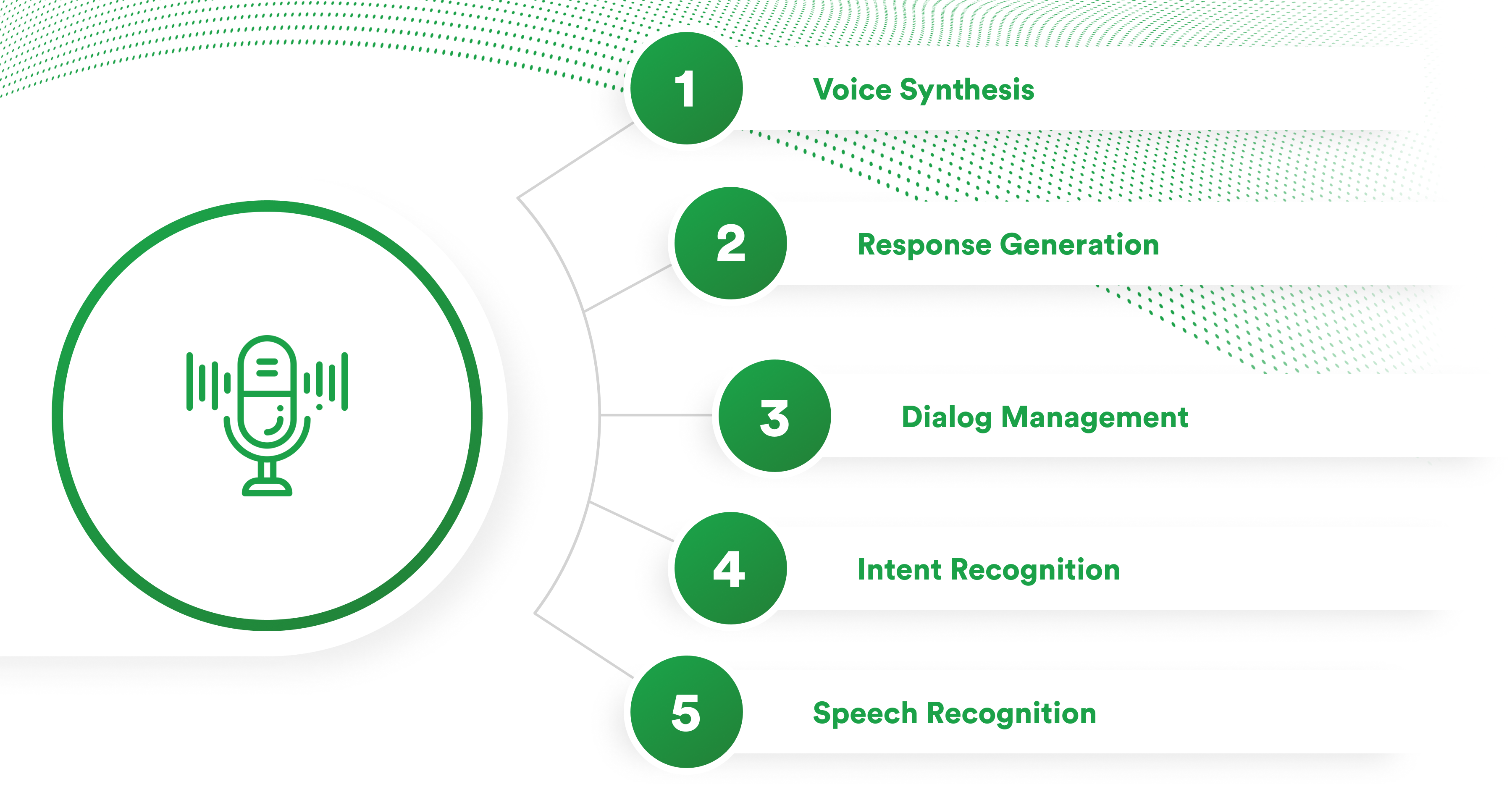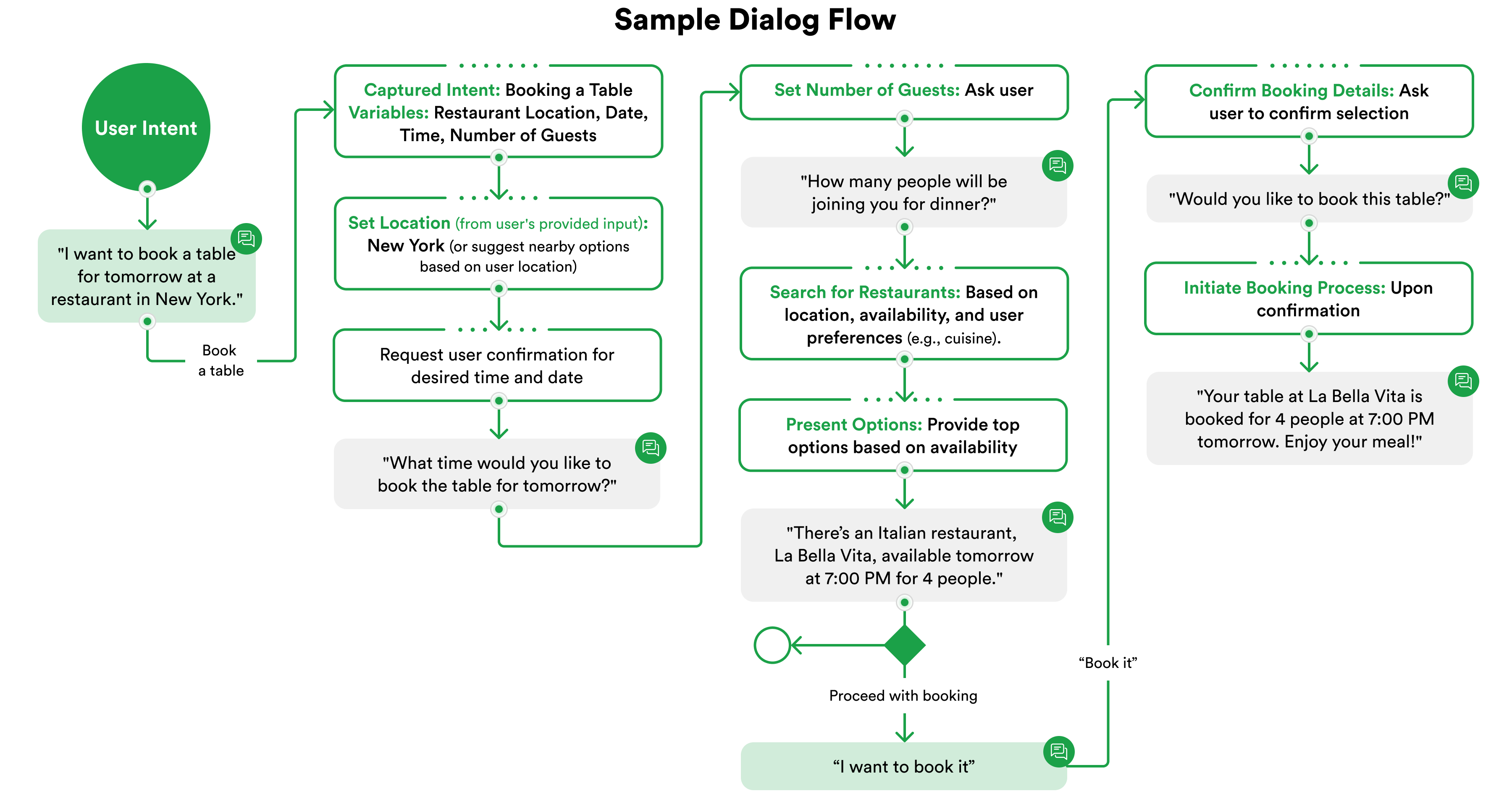The Importance of Multi-Modal Interfaces
Multi-modal interfaces combine multiple modes of interaction—such as voice, visual, and tactile inputs and outputs—to create a more inclusive and flexible user experience. This approach is especially important in ensuring accessibility for users with diverse needs. While voice interfaces are transformative, they are not universally suitable.
For example, Microsoft’s Seeing AI integrates voice, text, and visual cues to assist users with visual impairments.
Multi-modal systems address these limitations by offering complementary interaction methods that cater to a wider range of preferences and abilities. For instance, users with hearing impairments might rely on visual cues, while individuals with visual impairments might depend on voice and tactile feedback. By blending these modalities, multi-modal interfaces ensure no user is left behind in the digital experience.
Integration of Visual and Tactile Elements
Integrating visual elements like graphics, text, and animations alongside voice interactions greatly enhances usability and accessibility.
Voice prompts accompanied by real-time captions, as seen in Google Live Caption, enable users to follow conversations visually.
Visual prompts can clarify voice commands, enabling users to confirm actions or navigate systems more effectively. For example, a voice assistant paired with on-screen text can help users track their spoken commands in real time. Similarly, tactile feedback, enabled through haptic technology, adds another layer of interactivity. Vibrations or other tactile signals can guide users in scenarios where audio or visual cues might be insufficient, such as confirming the activation of a function on a device in noisy or visually challenging environments.
For instance, Apple’s VoiceOver integrates tactile feedback with voice commands, enabling visually impaired users to interact with their devices efficiently. These tactile elements are precious for users with dual sensory impairments.
Benefits of Multi-Modal Interfaces
Multi-modal interfaces offer numerous advantages, enhancing accessibility, usability, and engagement. For users with disabilities, the ability to choose from multiple interaction methods empowers them to navigate systems in ways that align with their skills and preferences. For example, a smart home system could combine voice commands, touch-sensitive panels, and visual displays, ensuring functionality even if one mode of interaction is temporarily unavailable or unsuitable. Additionally, these interfaces improve overall usability by catering to various contexts, such as using visual elements in noisy environments where voice commands might not work effectively. Furthermore, multi-modal systems support greater flexibility and personalization, allowing users to customize their interactions based on convenience and comfort, creating a more inclusive and adaptable digital experience.





